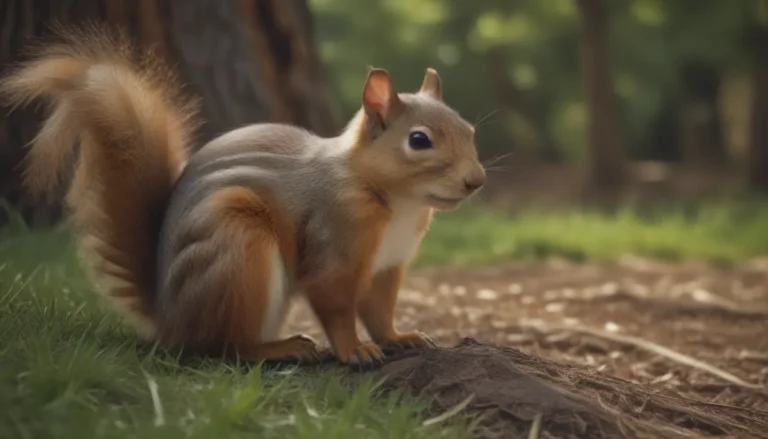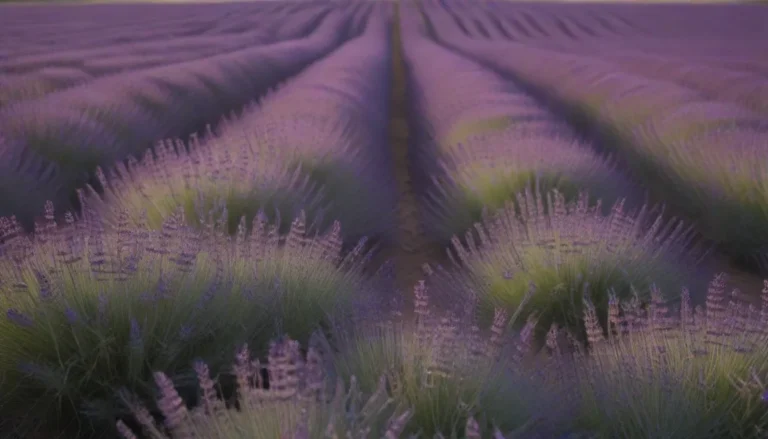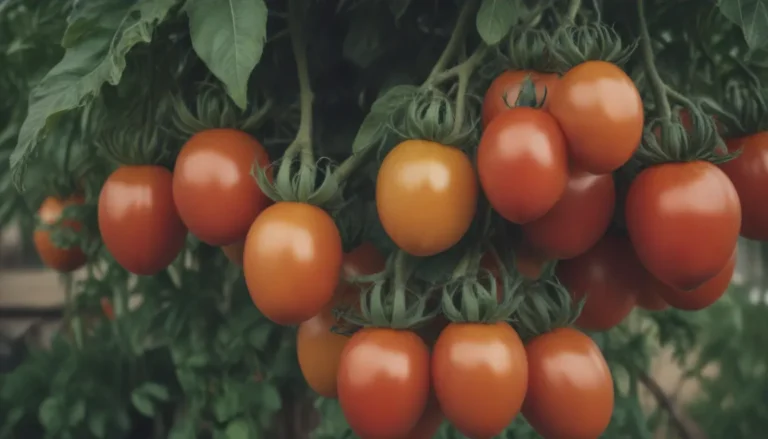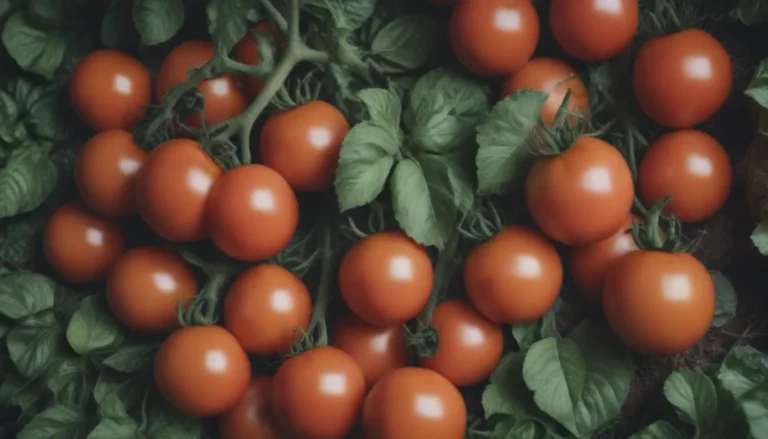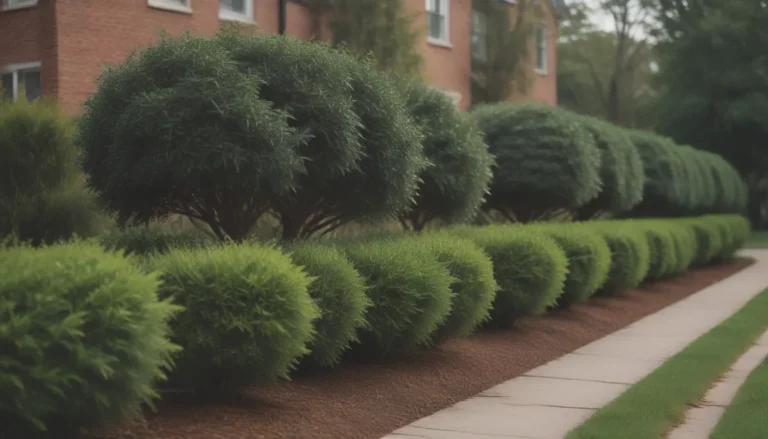A Comprehensive Guide to Hyacinth Care (Before and After Flowering)

If you’re a fan of the intensely fragrant and brilliantly colorful hyacinth flowers that grace outdoor gardens in the spring, you might be wondering if it’s possible to grow these beauties indoors as well. Good news – it is! Hyacinthus is a small genus of bulbous plants, with the most common garden variety being Hyacinthus orientalis, also known as Dutch hyacinth or garden hyacinth.
In this detailed guide, we’ll walk you through everything you need to know about caring for hyacinths, from planting to blooming, and everything in between.
Can You Grow Hyacinth Indoors?
Hyacinths are traditionally thought of as outdoor plants, but they can also thrive indoors with a little TLC. The key is to be able to handle their intense fragrance, which can be overpowering to some. While many gardeners treat hyacinths as seasonal annuals, buying new bulbs each year and discarding them after flowering, it is entirely possible to grow them indoors for repeated enjoyment.
How to Grow Hyacinth Bulbs Indoors
To ensure your hyacinth bulbs bloom at the time you desire, it’s crucial to chill them in a dark place at a temperature of 35 to 48 degrees Fahrenheit for at least 13 weeks. This chilling period can be done either before or after planting the bulbs in pots, depending on your climate zone.
- Chilling Time:
- Zones 7 to 8: Store the bulbs outdoors.
- Zones 3 to 6: Store them in an unheated garage, porch, or refrigerator (avoid storing near fruit).
Determining the right chilling and planting time can be a bit tricky, so plan accordingly for your desired bloom time. Once the bulbs have been chilled and planted, here are some care tips to keep in mind:
Sunlight
After the hyacinth bulbs have sprouted and the leaves are about 2 inches tall, move the container near a window that receives indirect light. Once the bulbs begin to show color, place them in a full sun location for the entirety of the bloom period.
Temperature and Humidity
Hyacinths prefer cool temperatures, so keep them in a cool location to prolong the bloom time.
Watering
Keep the soil moist as the bulbs are sprouting and establishing roots, and taper off watering once blooming starts, especially if you plan to replant the bulbs outdoors.
Fertilizer
A small dose of bone meal or bulb food after flowering will help the bulbs form next year’s embryo. Avoid overfeeding, as bulbs are generally not heavy feeders.
Pruning and Maintenance
If treating hyacinths as annuals, discard the bulbs and soil after flowering. For planting outdoors, allow the foliage to dry and die back before replanting the bulbs.
Varieties of Hyacinths
Hyacinths come in a variety of colors, including purple, pink, red, blue, yellow, coral, and white. Some popular varieties include:
– ‘Hollyhock’
– ‘Woodstock’
– ‘Blue Jacket’
– ‘Gipsy Queen’
– ‘Top White’
Container and Size
When growing hyacinths in pots, choose bulb pots made of terra cotta as they are designed for top-heavy forced bulbs. A four-inch diameter pot is suitable for a single bulb, while a six-inch diameter pot can fit up to three bulbs.
Potting Soil and Drainage
Use good-quality sterile potting soil and ensure the pot has drainage holes. There’s no need for a layer of gravel at the bottom; ordinary potting soil is porous enough to prevent bulb rotting.
Potting and Repotting Hyacinth Bulbs
Fill the bulb pot halfway with soil, place the bulbs with the pointed side up and root side down, and cover with more soil until the tips are exposed. Water thoroughly and wait for the leaves to grow, signaling the upcoming blooms.
Moving Hyacinths Outdoors for the Summer
While forced hyacinths are often treated as annuals, they can be replanted outdoors in USDA hardiness zones 4 to 8 for continued growth. However, bulbs may not flower for a full year after the indoor forcing.
Growing Hyacinths Without Soil
Hyacinths can also be grown in water using specially designed hyacinth glasses or in shallow dishes filled with pebbles. The same temperature and light requirements apply, and water levels must be carefully monitored to prevent rotting.
Growing and Propagating Hyacinths
Hyacinths produce offset bulbs that can be split off and replanted to propagate new plants. While it is possible to grow hyacinths from seeds, it requires patience and careful tending.
Fun Facts about Hyacinths
- The name hyacinth comes from Greek mythology, with a legend about a man named Hyacinthus.
- Hyacinths have different meanings based on their colors, symbolizing forgiveness, jealousy, sorrow, and spirituality.
With its vibrant colors and intoxicating fragrance, the hyacinth is a delightful addition to any garden or indoor space. By following these care tips and guidelines, you can enjoy the beauty of hyacinths throughout the year, whether as annuals or perennial blooms. Happy gardening!
